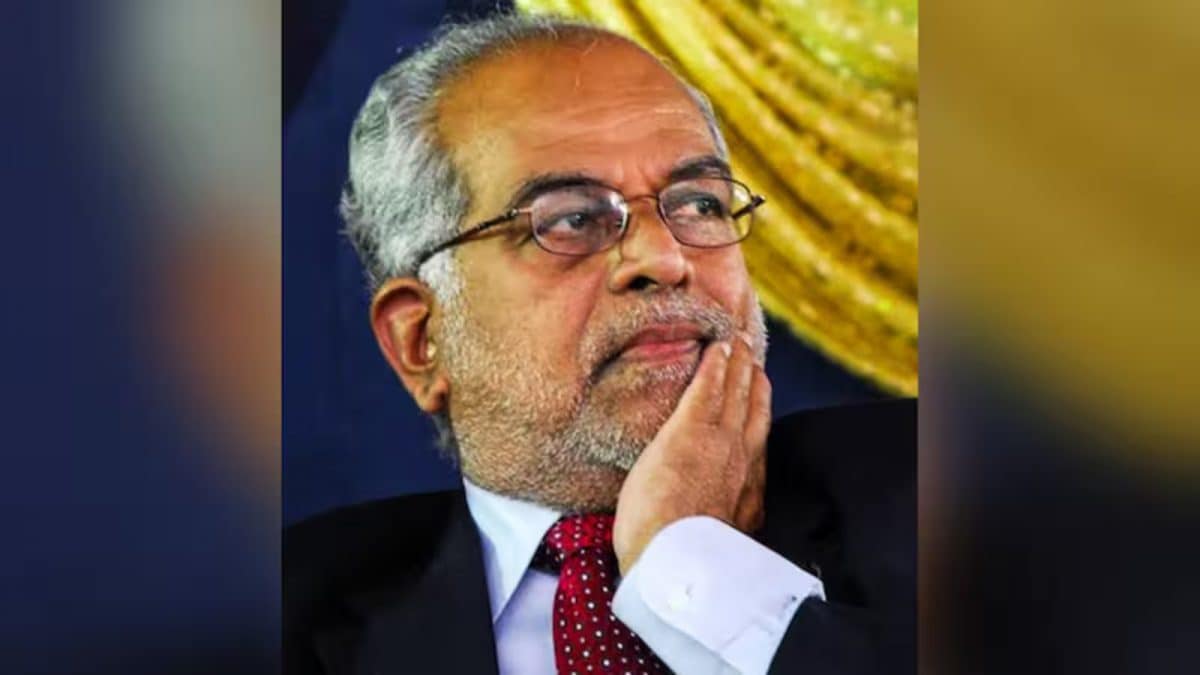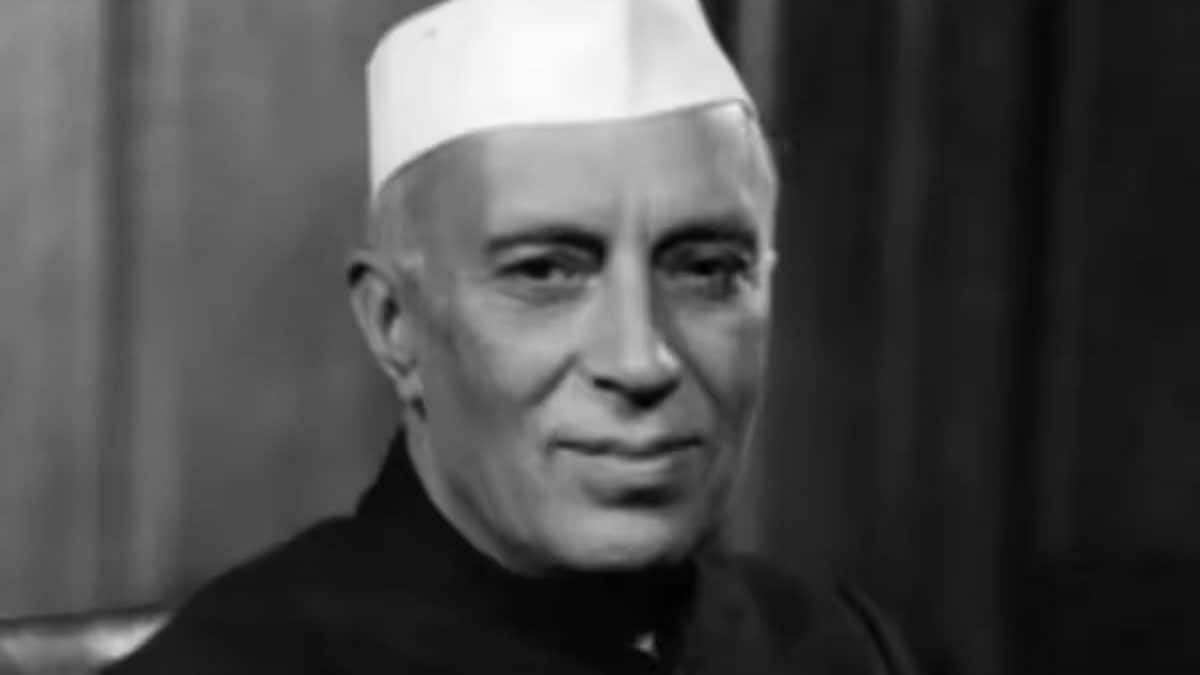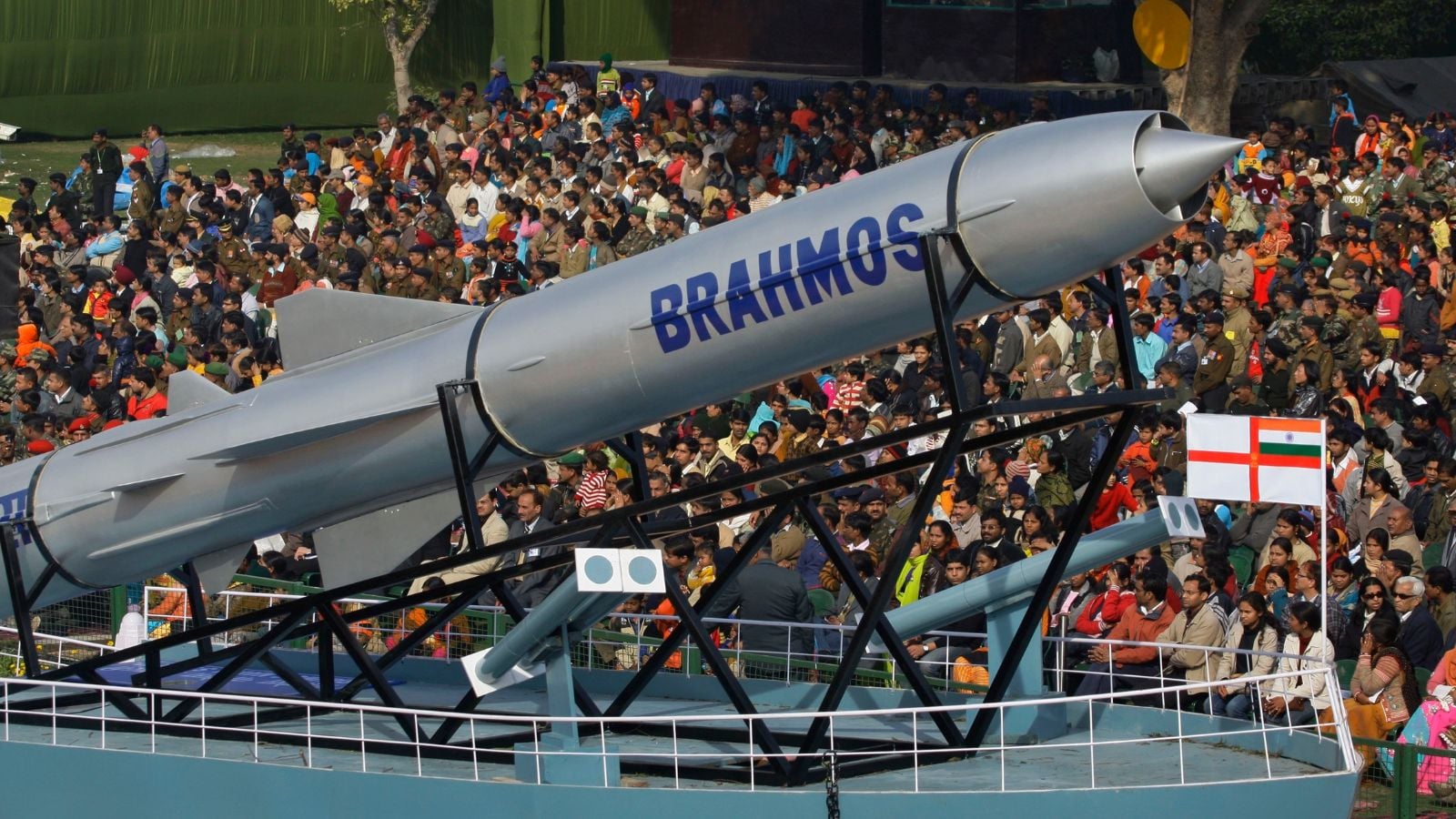The story so far: The Public Accounts Committee (PAC) of Parliament has recommended significant reforms to toll collection practices on national highways, such as calling for an end to the perpetual tolling system. The report was submitted before Parliament on August 12.
What are the key recommendations?
The PAC headed by Congress MP K.C.Venugopal has advocated for discontinuing or significantly reducing toll charges on national highways once the capital expenditure and maintenance expenses have been fully recovered. The Committee expressed concern that current toll practices allow for indefinite collection regardless of road quality, traffic volume, or user affordability, creating what it termed a “regime of perpetual tolling”. The panel emphasised that any continuation of toll collection beyond cost recovery should only be permitted with clear justification and approval from a proposed independent oversight authority. It proposed establishing a specialised regulatory authority to ensure transparency and fairness in toll determination, collection, and regulation. The PAC noted that while toll rates currently increase annually by a fixed 3% increment plus partial indexation to the Wholesale Price Index, there exists no institutional mechanism to independently evaluate whether these charges are justified relative to actual operational and maintenance costs or future service requirements. The panel has also insisted that highway users should receive toll reimbursements when construction is in progress and commuters cannot properly utilise the roadways.
The Committee has additionally recommended that the Ministry of Road Transport and Highways (MoRTH) and the National Highways Authority of India (NHAI) create a technology-based and transparent system for automated toll reimbursement or exemption in such circumstances, noting that this framework should be incorporated with the digital FASTag infrastructure. Regarding FASTags, the panel observed that despite their extensive implementation, traffic bottlenecks persist on NHs due to malfunctioning scanner readings at collection points, and suggested establishing on-location services for motorists to top up, buy, or exchange FASTags. It states that efficient toll administration must encompass continuous surveillance and evidence-based decision-making and consequently, NHAI should create a live toll plaza monitoring system that combines real-time traffic movement, waiting line lengths, individual lane utilisation, and projected delay periods.
How is toll determined?
Section 7 of the National Highways Act, 1956 empowers the Government to levy fees for services or benefits rendered on national highways while Section 9 empowers the Union government to make rules in this regard. Accordingly, the policy for the collection of user fee is formulated and governed by the National Highways Fee (Determination of Rates and Collection) Rules, 2008. The levy of user fee is based on the base rates fixed under the NH Fee Rules across the country and is not related to the cost of construction or its recovery.
The rates of fees have been increasing by 3% each year from April 1, 2008. In order to cover the impact of variable cost of operation and maintenance, 40% of annual increase of WPI is provided. The fee is to be collected by the Union government if a highway is publicly funded or by the concessionaire if it follows any of these models — Build Operate Transfer (BoT), Toll-Operate-Transfer (ToT) or developed under Infrastructure Investment Trust.
An amendment in 2008 allowed user fees to be collected in perpetuity. So, if the concession period is over, the highway is handed over to NHAI, and the toll collected will go directly to the Consolidated Fund of India. The toll collection has gone up from ₹1,046 crore in 2005-06 to ₹55,000 crore in the financial year 2023-24. Of this ₹25,000 crore will go to the Consolidated Fund of India, and the remaining to the concessionaire toll plaza.
Discounts are available to users residing within 20 kilometres of the toll plaza based on their Aadhar card or any other proof following which they get a monthly pass of ₹340. Exemptions under the rules are also granted to 23 different categories that include President of India, Vice President, Prime Minister, Governors, Chief Justice of India, Ministry of Defence personnel, Central and State armed forces in uniform including para military forces and police as well as ambulances, funeral vans and vehicles modified for differently abled people.
How has the Ministry responded?
The Ministry of Road Transport and Highways acknowledged the Committee’s concerns and informed the PAC that it has initiated a comprehensive study with NITI Aayog to revise the user fee determination framework. Ministry representatives indicated that the study’s scope has been finalised and will cover parameters such as vehicle operating cost, damage to the highway due to vehicle use as well as user’s willingness to pay. To address affordability concerns, the government introduced an annual FASTag pass effective August 15, priced at ₹3,000 for non-commercial vehicles, enabling access to 200 toll crossings over 12 months — effectively reducing the cost to ₹15 per toll booth.
As far as smooth traffic flow at toll booths was concerned, the Ministry said that it is developing a barrierless free flow tolling system that combines high-quality FASTag readers with Automatic Number Plate Recognition (ANPR) cameras, allowing vehicles to pass through toll plazas without stopping.



.png)
.png)
.png)
















 9 hours ago
3
9 hours ago
3









 English (US) ·
English (US) ·